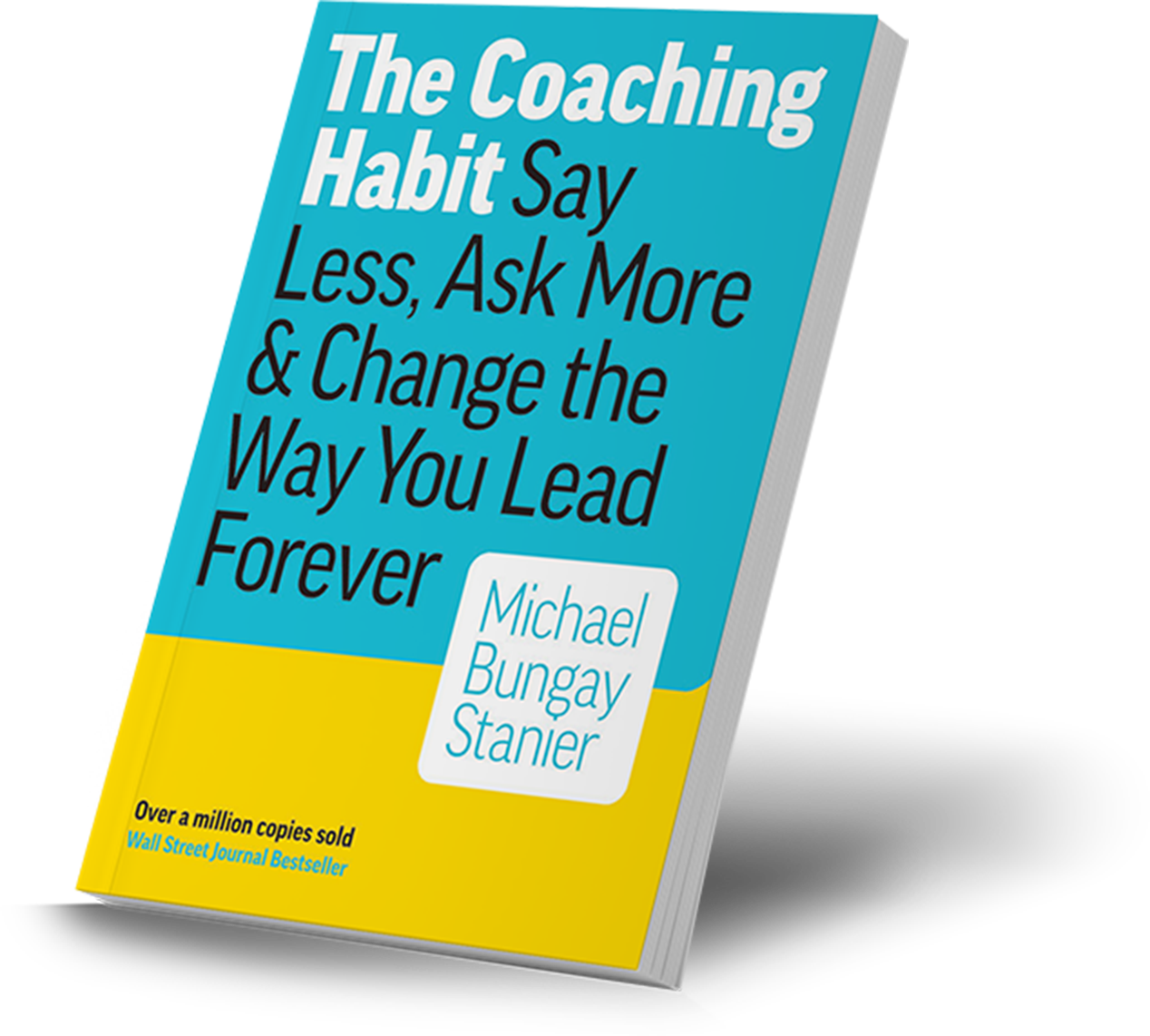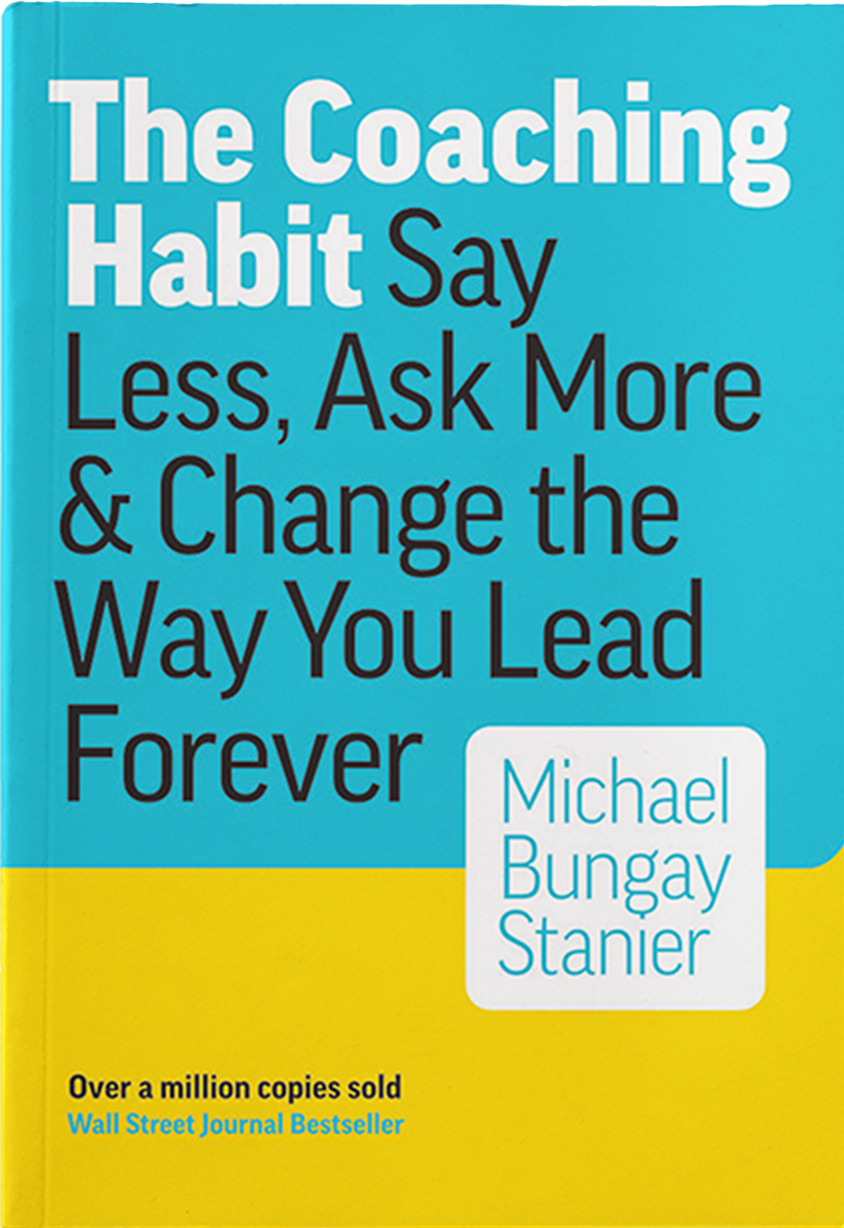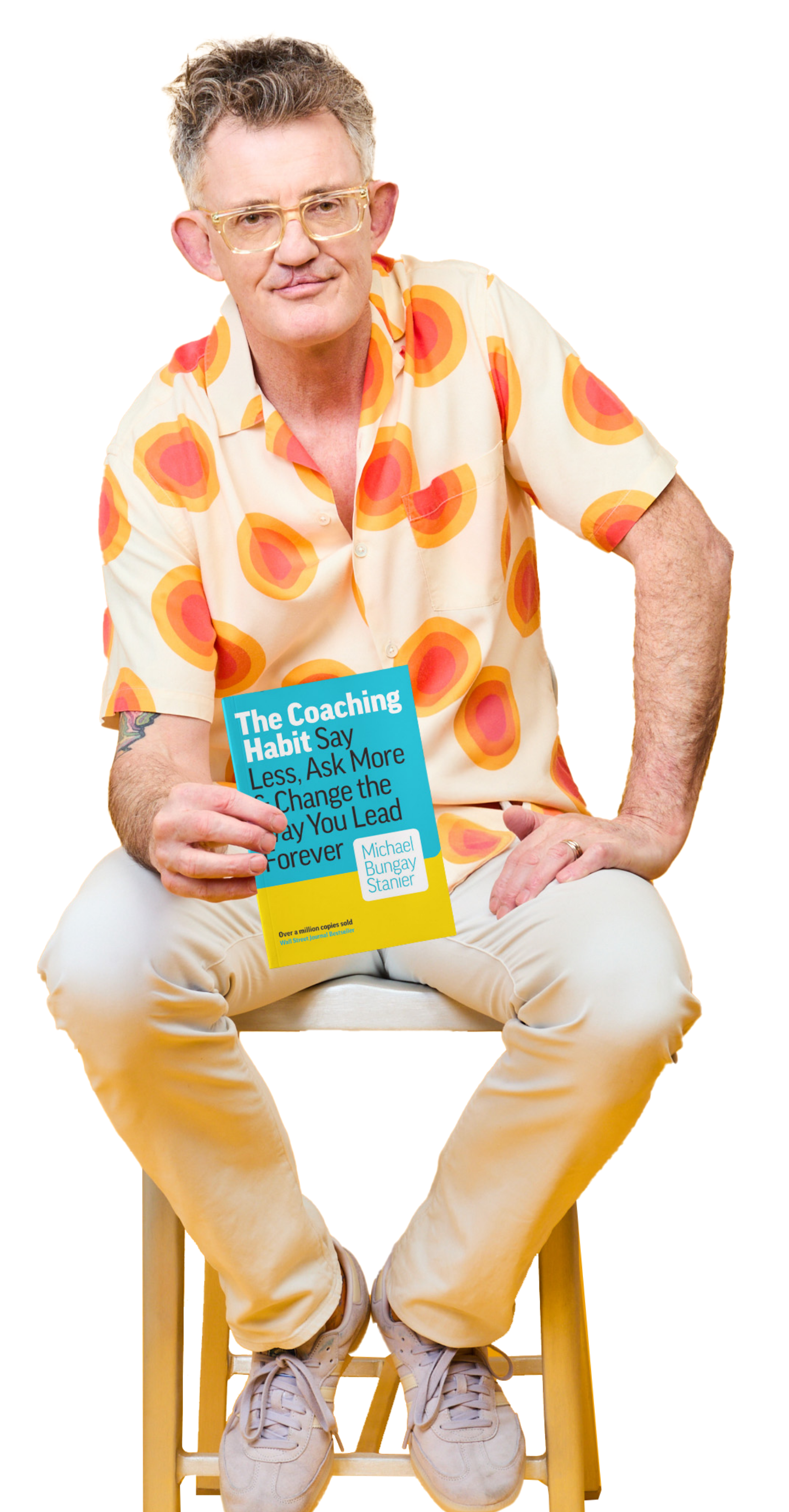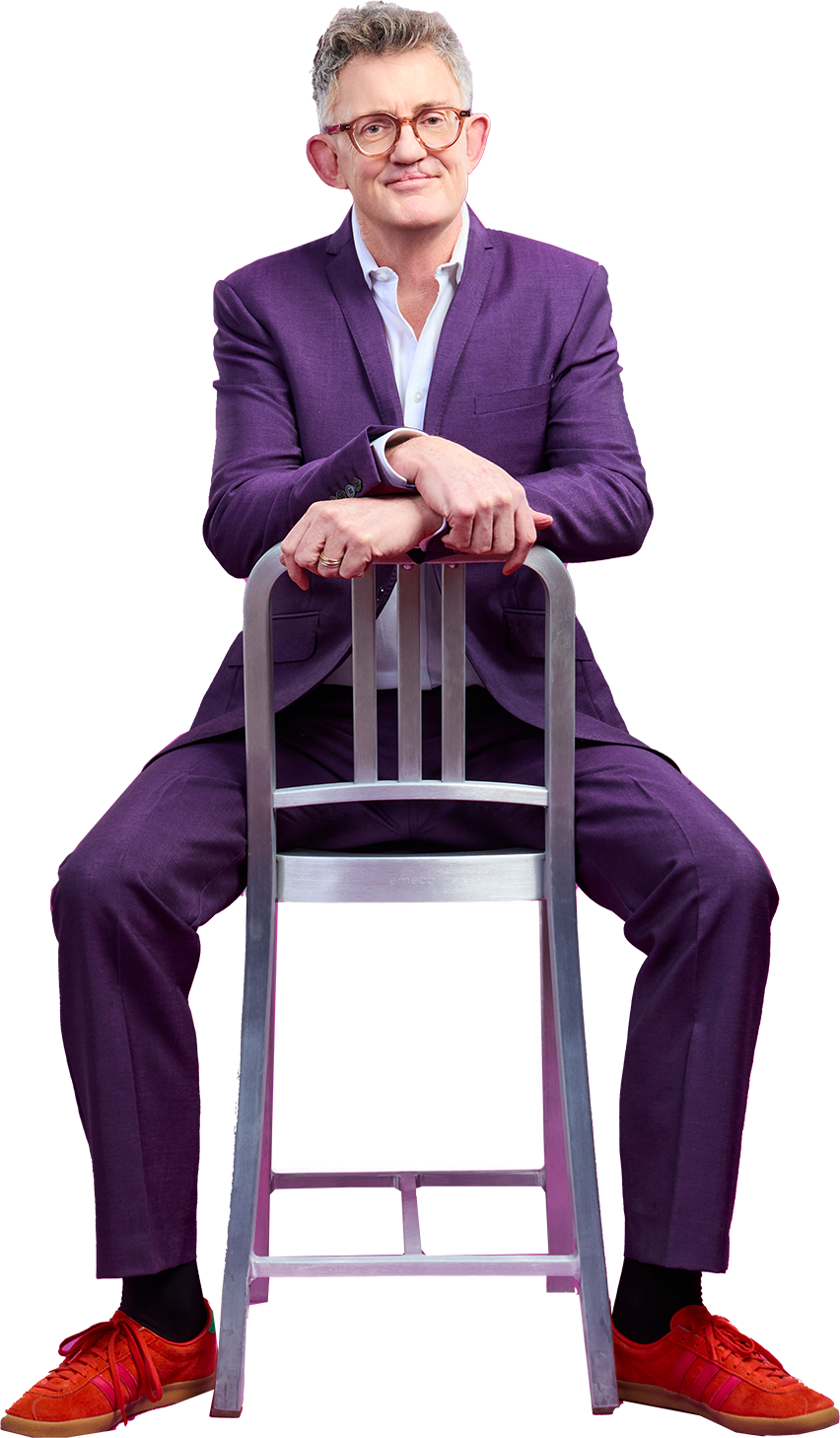I bought and read this book 2 years ago and it hasn’t left my side since. “The Coaching Habit” by Michael Bungay Stanier offers a refreshing perspective on leadership and coaching. Recommended by a colleague in the coaching field, this book provides valuable insights for professionals seeking to enhance their leadership skills.
Stanier’s approach centers on seven essential coaching questions, a seemingly straightforward concept that proves remarkably powerful in practice. The third question, “What’s the real challenge here for you?” stands out as particularly impactful. It serves as a crucial reminder that surface issues often mask deeper challenges, encouraging coaches to delve beyond initial presentations.
The book’s principles demonstrate impressive versatility. I’ve coached senior executuves all over the world, appling Stanier’s methods across diverse cultural and professional backgrounds. The results were consistently positive, yielding customized, impactful coaching conversations that transcended cultural and experiential differences.
“The Coaching Habit” reinforces the fundamental importance of asking insightful questions and listening attentively to responses. It also provides the framework to pose more challenging, tactical questions such as, “If you say yes to this, what are you saying no to?” This approach often leads to significant breakthroughs in coaching sessions.
The book’s teachings are widely applicable, benefiting anyone in a leadership role or those who regularly interact with others in professional settings. Stanier’s writing style, while professional, remains engaging and accessible.





